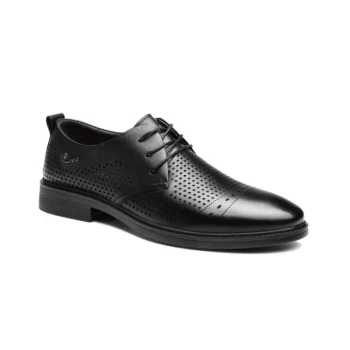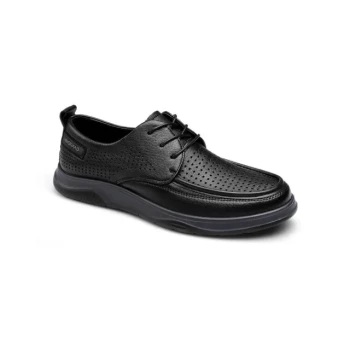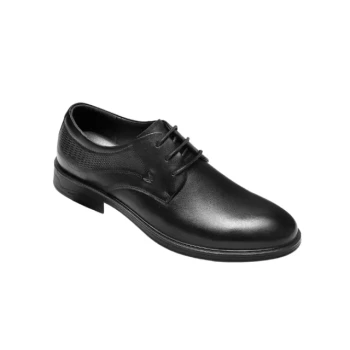As a general guideline, you can expect a pair of trail running shoes to last between 300 and 500 miles (or 500 to 800 kilometers). However, this number is not a strict expiration date. The actual lifespan depends heavily on your body, the terrain you run on, and the specific construction of the shoe.
The 500-mile figure is a useful starting point, but the most reliable indicator for replacement is the breakdown of the shoe's midsole cushioning, not just the visible wear on the outsole tread.
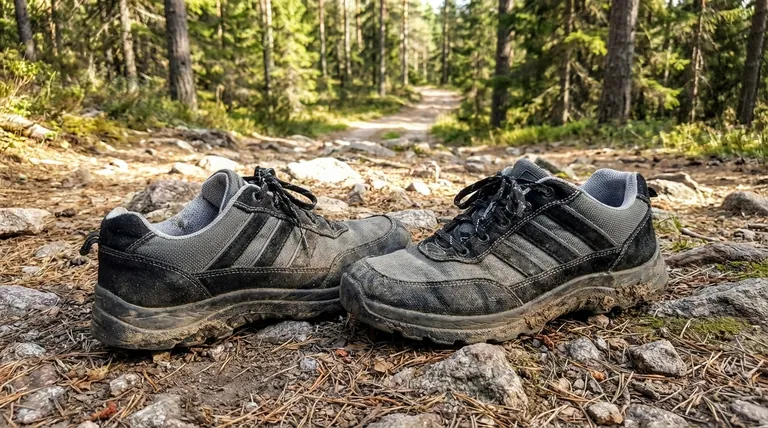
Beyond the 500-Mile Rule of Thumb
While the tread on the bottom of your shoe is the most obvious sign of wear, it's the unseen degradation of the midsole that poses the greatest risk to your body.
Why the Midsole Matters Most
The midsole is the thick layer of foam between your foot and the outsole. Its primary job is to absorb impact, provide stability, and return energy with each step.
This foam, typically made of EVA (ethylene vinyl acetate), compresses with every footstrike. Over time, it loses its ability to bounce back, resulting in less shock absorption and support.
The Feel of a "Dead" Shoe
Continuing to run on a shoe with a compressed, or "dead," midsole forces your joints and muscles to absorb the impact the shoe no longer can. This significantly increases your risk of overuse injuries.
Key Factors That Influence Durability
The 300-to-500-mile range is wide because several variables can dramatically accelerate or extend the life of your trail shoes.
Your Running Style and Body Weight
A heavier runner or one with a more forceful footstrike will compress the midsole foam faster than a lighter runner. Your biomechanics play a significant role.
The Terrain You Run On
Running on hard, rocky, or technical terrain will wear down both the outsole and the midsole more quickly than running on soft dirt or forest trails.
The Shoe's Construction
Shoes with thicker, denser midsoles (maximalist shoes) may last longer than lightweight, minimalist shoes designed for racing. The type of rubber on the outsole also matters; softer, stickier compounds provide better grip but wear down faster.
Recognizing the Signs of a Worn-Out Shoe
Instead of relying solely on mileage, you must learn to recognize the physical signs that your shoes are ready for retirement.
Loss of Cushioning and Responsiveness
The most critical sign is a change in feel. If the shoes feel flat, hard, and less protective than they once did, the midsole is breaking down.
Visible Midsole Wrinkles
Look at the sides of the midsole. Deep, permanent compression wrinkles that don't disappear between runs are a clear visual cue that the foam has lost its integrity.
Uneven or Excessive Tread Wear
While not the primary indicator, if you see that the tread is completely worn away in key areas, it's a strong sign the rest of the shoe is likely compromised as well.
New Aches and Pains
If you start experiencing new, unexplained aches in your feet, ankles, shins, or knees after a run, your worn-out shoes are often the first culprit to investigate. Your body is telling you it's not getting the support it needs.
Upper Degradation
Tears, holes, or excessive stretching in the fabric upper can compromise the shoe's fit and stability, making it unsafe for technical trails even if the midsole is still functional.
Making the Right Choice for Your Goal
Tracking mileage is a helpful practice, but listening to your body and inspecting your shoes is the definitive method for deciding when to replace them.
- If your primary focus is maximizing value: Rotate between two different pairs of shoes to allow the midsole foam a full 48 hours to decompress between runs.
- If your primary focus is preventing injury: Replace your shoes proactively, closer to the 300-mile mark or as soon as you feel a noticeable loss of cushioning, regardless of how the tread looks.
Ultimately, the cost of a new pair of shoes is far less than the cost of being sidelined with an injury.
Summary Table:
| Factor | Impact on Shoe Lifespan |
|---|---|
| Runner's Weight & Style | Heavier runners or forceful footstrikes compress the midsole faster. |
| Terrain | Hard, rocky trails wear shoes down quicker than soft, dirt paths. |
| Shoe Construction | Maximalist shoes with dense foam may outlast lightweight, minimalist models. |
| Primary Replacement Sign | Loss of midsole cushioning & support, not just worn-out tread. |
Need durable, high-performance trail shoes for your customers?
As a large-scale manufacturer, 3515 produces a comprehensive range of footwear for distributors, brand owners, and bulk clients. Our production capabilities encompass all types of trail running shoes and boots, built with quality materials for lasting performance.
Contact us today to discuss your specific needs and get a quote. Let us help you equip your customers with reliable footwear that supports their adventures.
Visual Guide
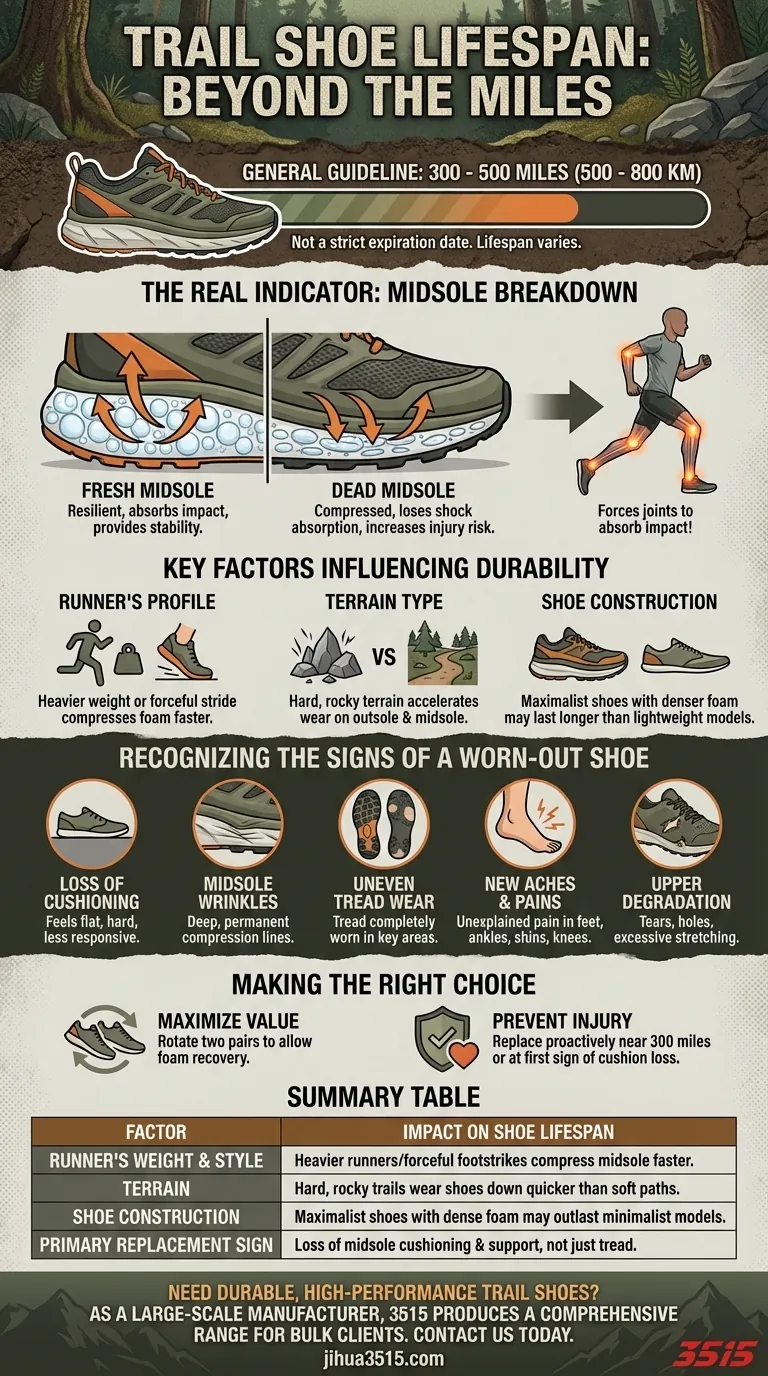
Related Products
- Durable Rubber-Soled Utility Shoes for Wholesale & Custom Brand Manufacturing
- Wholesale Durable & Breathable Training Shoes for Custom Brands
- Wholesale Breathable Athletic Sneakers - Custom Lightweight Cushioned Footwear Manufacturer
- Wholesale Durable Camouflage Canvas Shoes with High-Traction Cleated Rubber Sole
- Wholesale Durable Camo Canvas Shoes with High-Traction Rubber Soles
People Also Ask
- What are rubber soled shoes? The Ultimate Guide to Durable, All-Weather Footwear
- What makes rubber sole shoes an economical and practical choice? Unmatched Durability & All-Weather Value
- Why should we wear rubber soled shoes? Unlock Superior Safety and Durability
- What are the main applications of vulcanized rubber? Unlock Durability for Tires, Footwear & More
- Which type of sole is better for premium sneakers and why? The Definitive Guide to Rubber Outsoles















